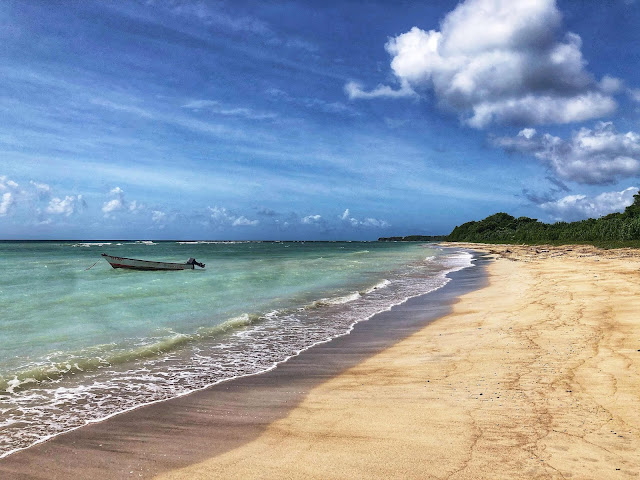Welcoming Visitors from North and South

Our islands, Tobago and Trinidad, are lucky to lie at the cross roads of migration paths for birds from the northern and southern hemispheres. Faraaz Abdool asks us to look out for these travellers, some of which might be from North America or South America, depending on the time of year. Our hospitality means allowing them to find food in unpolluted natural spaces. All photos courtesy Faraaz Abdool The Pectoral Sandpiper's annual migration takes it from the Arctic tundra to Patagonia and back. Cocoi Herons, native to South America, are large predatory wading birds. What exactly is migration? The term is often used in reference to human movements: emigration, immigration, rural to urban migration, colonization, and the list goes on. In nature however, migration is nothing like this. Migration is an endless cycle, tuned to...



